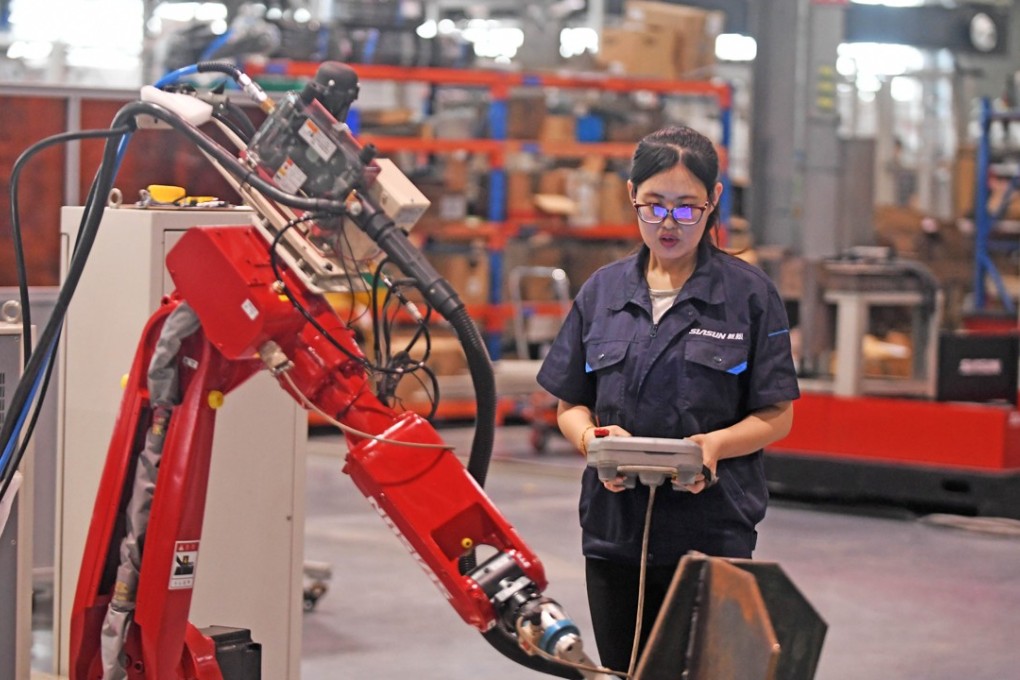The View | Why the Made in China 2025 road map to hi-tech supremacy will miss its deadline
Craig Addison says China’s leadership has done well to play down the ambitious plan, not just because of the trade war but also because it has become harder to acquire foreign technology, making official targets more difficult to achieve

“Designed to transform China from a manufacturing giant into a world manufacturing power”, according to the Xinhua News Agency announcement on May 19, 2015, the roll out of the state-backed industrial policy came at a time when Washington was distracted – to say the least.
China is often a punching bag during US presidential elections, and the last one was no exception, amplified by Trump's “America first” message and his frequent references to how China had “raped” the US economy and stolen its jobs.
In October 2015, China’s Ministry for Industry and Information Technology published a separate technology road map which laid out self-sufficiency targets in key sectors, including 80 per cent for new-energy vehicles, 70 per cent for industrial robots, 50 per cent for aviation systems and 40 per cent for mobile phone chips – all to be achieved by 2025.
Watch: Robotics a key cog in Made in China 2025 wheel

